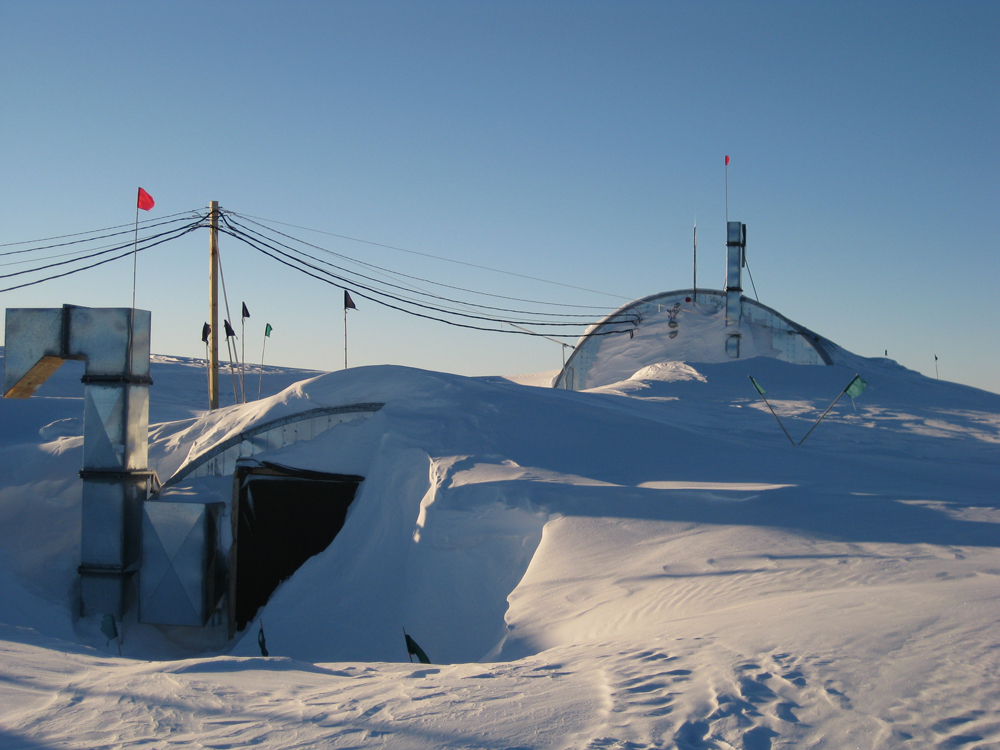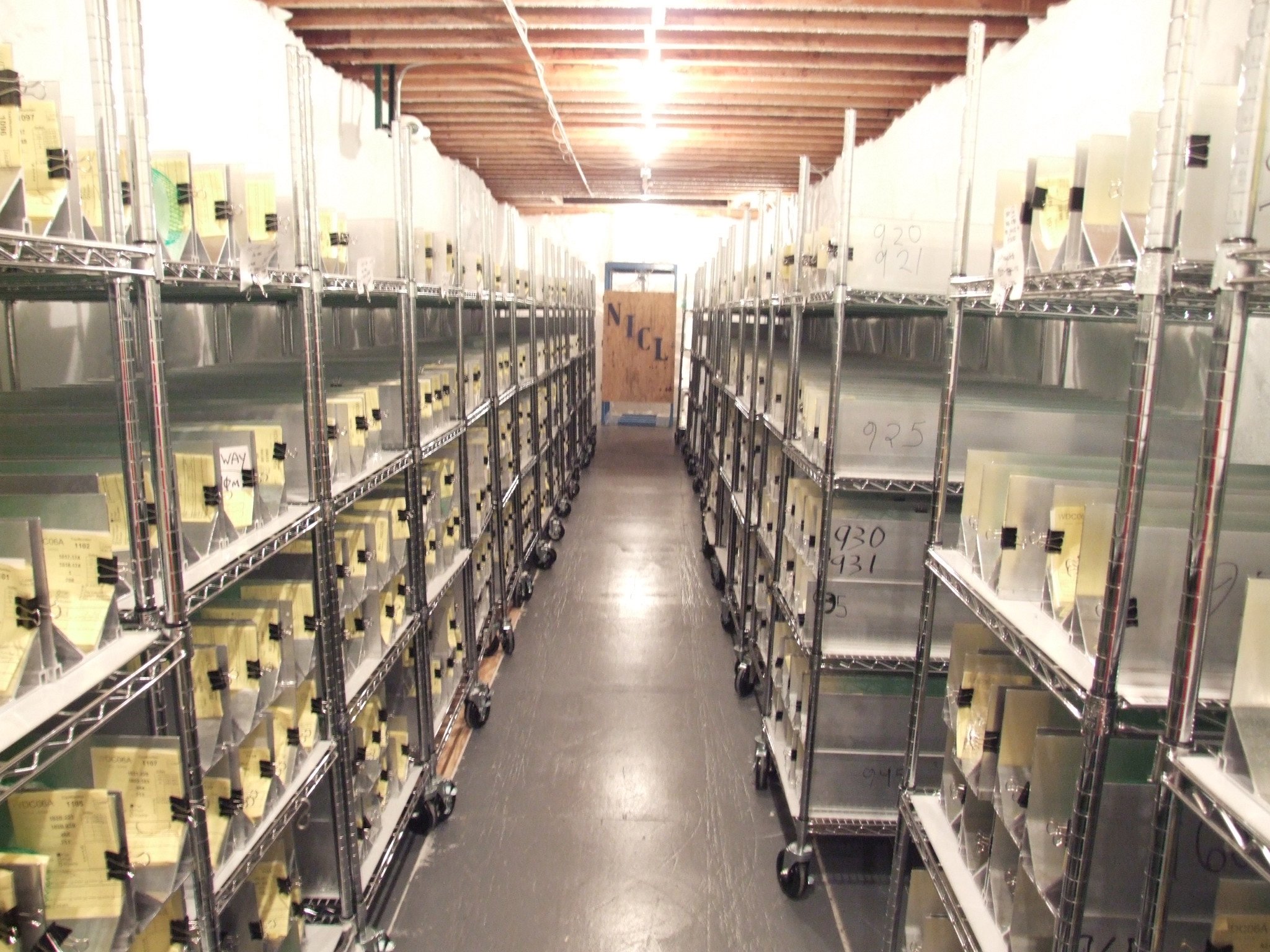
THE WEST ANTARCTIC ICE SHEET (WAIS) Divide camp opened for the 2009/10 season on Nov-2 (local time). After a 5.5-hour direct flight from McMurdo Station via Basler aircraft, the camp put-in team, led by camp manager Theresa "T" Tran, arrived to WAIS Divide after 10 days of weather delays. The on-site temperature was -49 degrees C.
The 2009/10 field season marks the third season of deep drilling for the WAIS Divide Ice Core Project. We will resume drilling at 1514 meters depth and the goal for the season is to reach 2,600 meters depth, which will bring us back in time to approximately 22,000 years BP. In addition, we had ~930 meters of brittle and ductile ice drilled during the 2008/09 season stored in the basement of the arch that needed to be shipped back to McMurdo at the beginning of this field season for subsequent shipment back to the U.S.
After waiting in McMurdo for 16 days due to bad weather at WAIS Divide (and occasionally McMurdo), the first crew of core handlers, led by Bruce Vaughn, and drillers, led by Jay Johnson, arrived to WAIS Divide on Nov-25 and began packing up the ice in the storage basement and preparing the drill.
The ice that wintered over in the storage basement appears to be in remarkable shape. The green mesh-netting on the core has made a very slight impression in the ice, but can easily be pulled away. "It would not be a stretch to say this is the best preserved ice through the brittle zone I have ever seen," reports Vaughn.
The core handling team worked non-stop since arriving to camp and by the evening of Dec-7 had successfully shipped all of the ice in the storage basement back to McMurdo. The core handling team is now setting up the logging stations and preparing to receive ice core from the drillers.

The drillers have been busy preparing the entire arch for drilling. For example, the drill slot was broadened; the casing was modified to better drain drill fluid into the hole and drip pans were extended; 3,800 meters of cable has been spooled onto the winch, and the tedious termination of the cable is underway.
The goal is to start drilling by Dec-11, which would put us only ~1 week behind schedule. If the season runs to Jan-23, this would give us 34 drilling days (accounting for normal holidays) to achieve our goal of getting to 2,600 meters depth.
In other project news, the third annual WAIS Divide Science Meeting was held on October 1-2 in La Jolla, CA and hosted by Scripps Institution of Oceanography. Sixty-eight people attended the meeting and nineteen science talks and twenty posters were presented. The presentations and poster abstracts from the meeting are available within the password-protected data area section of the project web site (waisdivide.unh.edu) for funded PIs, Co-PIs, and graduate students.

While in La Jolla, the WAIS Divide Executive Committee convened an open meeting on Sep-30 and discussed, among other topics, the issue of replicate coring. Two options for replicate coring were presented by Ice Drilling Design and Operations (IDDO): (1) an active replicate coring drill that can replicate at any depth without the use of a whipstock; and (2) a passive replicate coring drill that utilizes a non-removable whipstock allowing only the bottom-most ice to be replicated. The Executive Committee strongly favored the active drilling method because it will allow the most interesting sections of the core to be replicated and because it also meets all of the science requirements of the project. Subsequently, the WAIS Divide Executive Committee asked IDDO to proceed with the development and fabrication of the active replicate coring drill.
The following lists the anticipated long-term schedule for the project.
- 2009-2010 Antarctica: Core to 2,600 meters
- 2010 NICL: CPL from 580 to 2,100 (to ~13,000 years BP)
- 2010-2011 Antarctica: Core to 3,415 meters (stop 50 meters above bed, which is 3,465 m)
- 2011 NICL: CPL from 2,100 to 3,415 m (to ~100,000 years BP)
- 2011-2012 Antarctica: Borehole logging & replicate coring
- 2012-2013 Antarctica: Borehole logging & replicate coring
- 2013-2014 Antarctica: Close camp, move drill
